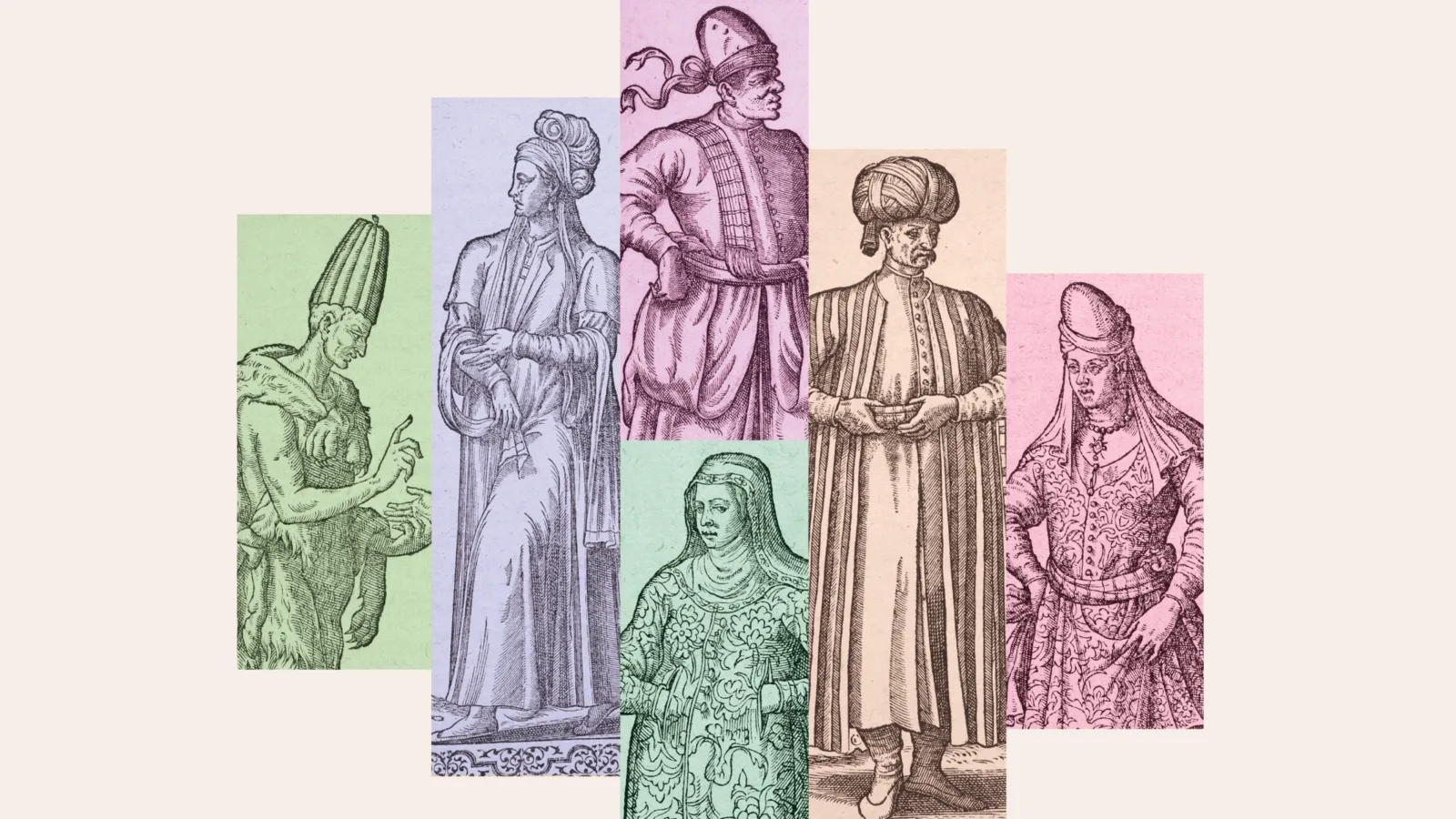Race is a powerful and challenging concept. When, where, and why did conceptions of race come into being? How might learning about its history help us better understand the complex role that race plays in our lives today?
Centuries before the term race came into popular use, people around the world used distinctions like language, dress, class, geography, and religion—in addition to traits like skin color or facial features—to categorize each other. Seeing Race Before Race explored these early expressions of race in medieval and early modern Europe between 1100 and 1800.
Seeing Race Before Race was generously supported by the Carl & Marilynn Thoma Foundation, the Samuel H. Kress Foundation, and Pam and Doug Walter.
You can purchase a copy of the exhibition catalog, Seeing Race Before Race: Visual Culture and the Racial Matrix in the Premodern World, from the Newberry Bookshop.
Curators
- Noémie Ndiaye, Randy L. and Melvin R. Berlin Assistant Professor of Renaissance and Early Modern English Literature at the University of Chicago
- Lia Markey, Director of the Center for Renaissance Studies at the Newberry Library
- Christopher Fletcher, Assistant Director of the Center for Renaissance Studies
- Rebecca L. Fall, Program Manager of the Center for Renaissance Studies
- Yasmine Hachimi, Public Humanities Fellow at the Newberry Library
The RaceB4Race Collective
Seeing Race Before Race draws on the pathbreaking work of partners in the research collective RaceB4Race. Founded in 2019, RaceB4Race centers the expertise, perspectives, and sociopolitical interests of scholars who are Black, Indigenous, and of color to demonstrate the value of premodern critical race studies and highlight the powerful histories of people of color in the classical, medieval, and early modern past.
View the Story Map
An online companion to the exhibition, providing a closer look at Seeing Race Before Race.
Digital Resources
Understanding Race: Past and Present - In this public program, Professor Noémie Ndiaye joined Dr. Otele to discuss the state of race making today and its pre-1800 roots from a transnational perspective, a valuable lens that is rare in the field.
